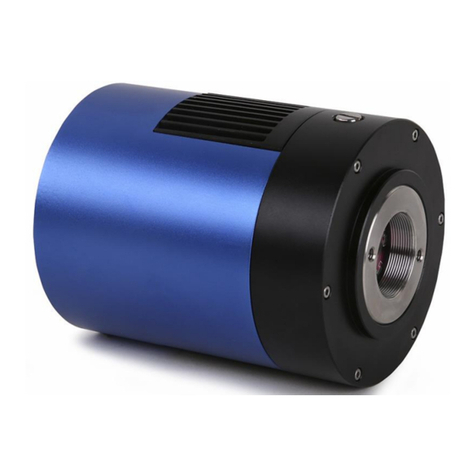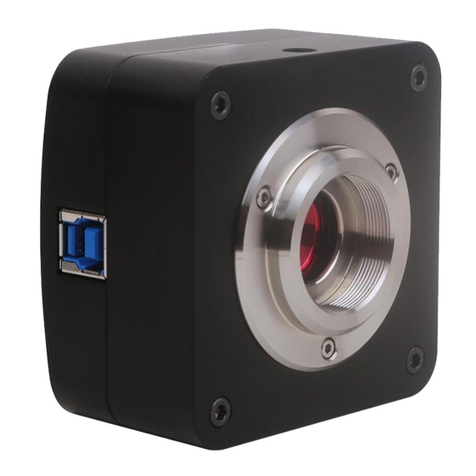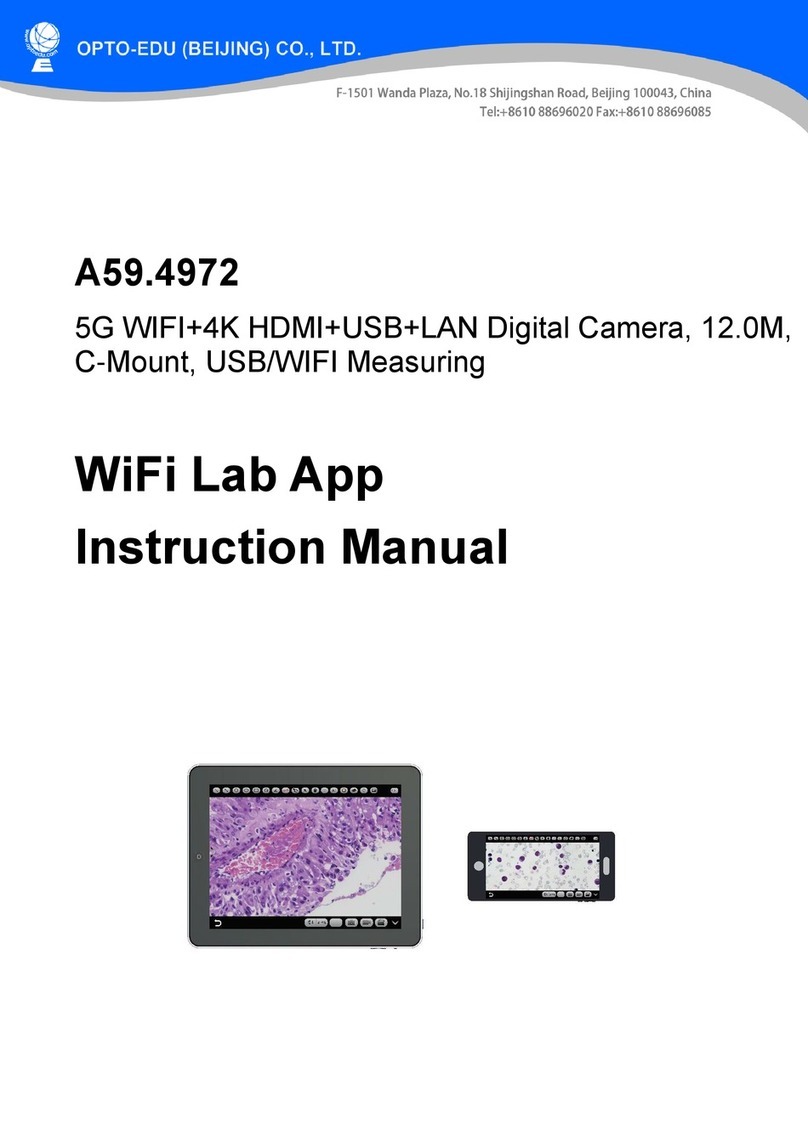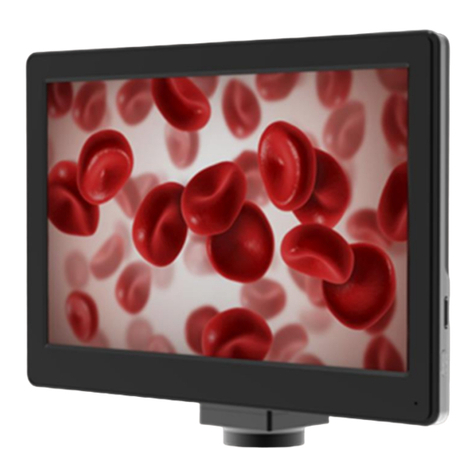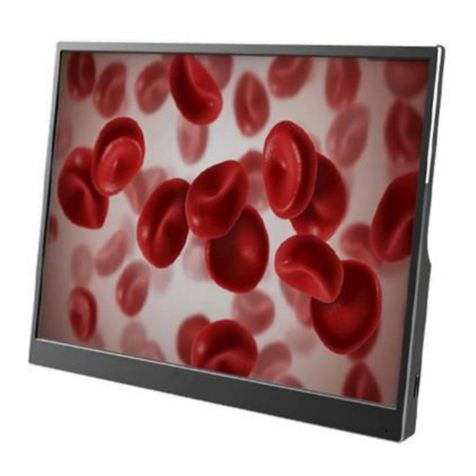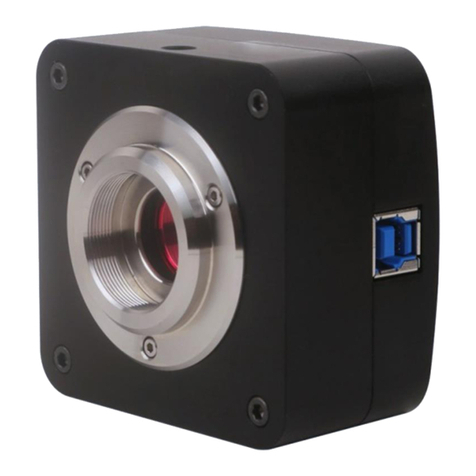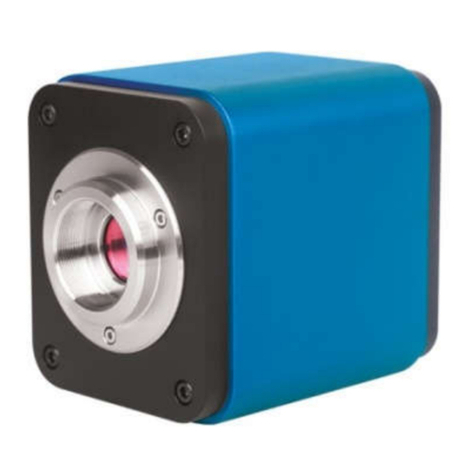
�.� Cameraproperty control
Adjust the corresponding image property parameters as needed to achieve the desired image effect.
Users can select different exclusive types of stained pathology
sections to obtain matching image effects and more accurate color
reproduction.
BF type 1: for bright-field, red or gold-based sections.
BF type 2: for bright-field, cyan-dominated sections.
FL type: for fluorescence observation.
Brightness
Exposure
White Balance
Gain
Manually drag the adjustment bar to adjust the image brightness.
When checked, the camera will automatically expose according to
the environment used. When unchecked, manual exposure can be
performed through the adjustment bar, supporting direct input of
values in the box.
Manual white balance adjustment can be made through the adjustment
bar, supporting direct input of values in the box.
Click on "R" will restore the default value of the R channel alone.
Click on "B" will restore the default value of the B channel alone.
Manually drag the adjustment bar to adjust the image gain. Support for
entering values directly in the box. Click on "Gain" will restore the default
value of gain alone.
Manually drag the adjustment bar to adjust the image contrast. Support
for entering values directly in the box.
Click on "Contrast" will restore the default value of contrast alone.
Manually drag the adjustment bar to adjust the image hue. Support for
entering values directly in the box. Click on "Hue" will restore the default
value of hue alone.
Manually drag the adjustment bar to adjust the image saturation.
Support for entering values directly in the box. Click on "Saturation" will
restore the default value of saturation alone.
Saturation
Sharpness
Gamma
Manually drag the adjustment bar to adjust the image sharpness.
Support for entering values directly in the box. Click on "Sharpness" will
restore the default value of sharpness alone.
Manually drag the adjustment bar to adjust the image gamma. Support
for entering values directly in the box. Click on "Gamma" will restore the
default value of gamma alone.
Exporting image properties to local disk.
Import image properties from local disk.
Restore all image property parameters to their default values.
www.optoedu.comhttps://www.optoedu.com/A59.4972 l

